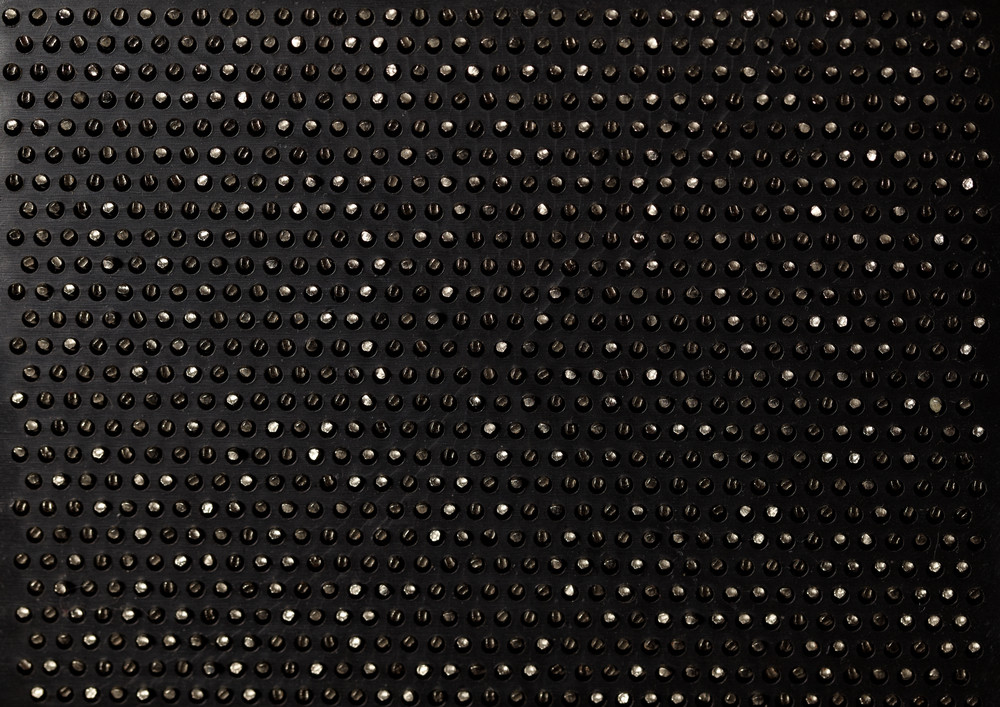
Did you know every dollar spent in the manufacturing industry adds $1.40 to the economy? Plus, machining is the only field where boring is entertaining. It’s more challenging and mentally rewarding than you think. It’s especially there to reward you with a new sense of accomplishment. So, here’s what to know about the different methods of measuring small bores.
How To Measure Small Bores
Measuring small bore holes has a unique set of challenges. Precision management is the biggest one. But, small bore gauges exist to handle the tightest applications. You’ll need specific tools to measure small bore holes. But, the different gage sizes are plentiful. Machinists use them to measure the inside diameter of a cylinder.
Method 1
A common way to measure small bores is with air pressure. This method is simple and works, but it’s not perfect. For instance, this technique doesn’t offer lots of information. The only data it provides is the floor area, not the diameter. Still, you can save money with this method and it works in a pinch.
Method 2
This technique is simply called the contact technique for one simple reason. It lets you get a better idea of the inner diameter of a hole. This technique lets the gauge come into contact with the side of the hole. Although effective, you must be careful when using this method. There are pros and cons. For instance, it can cause damage if you’re not careful. Professionals should handle this type of High Precision Machining.
Method 3
Non-contact measurement methods sound just like they are. Machinists use optical tools to find the edge of the hole. But, they’re not suitable for taking measurements inside the tool. Instead, they’re perfect when paired with other measurement tools.
Method 4
You can also increase the size of the bore gauge. The bore gauge selection ranges from 1 to 20mm. No matter your need, a bore gauge can help you get as exact measurements as you can. You can use these to decide the shape of your creation and the size of your bores. These gauges can capture the smallest values.
The Bottom Line
The smallest bore gauges range anywhere from 1 to 5mm. They provide great results, but it takes skill to get the results you need for exact measurement applications.
